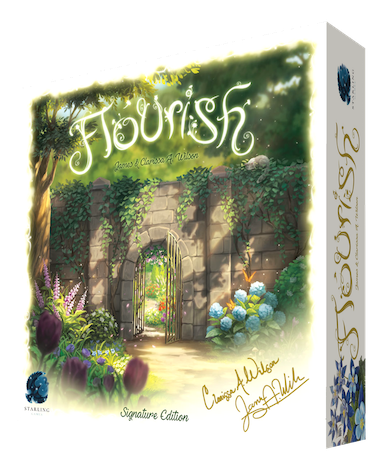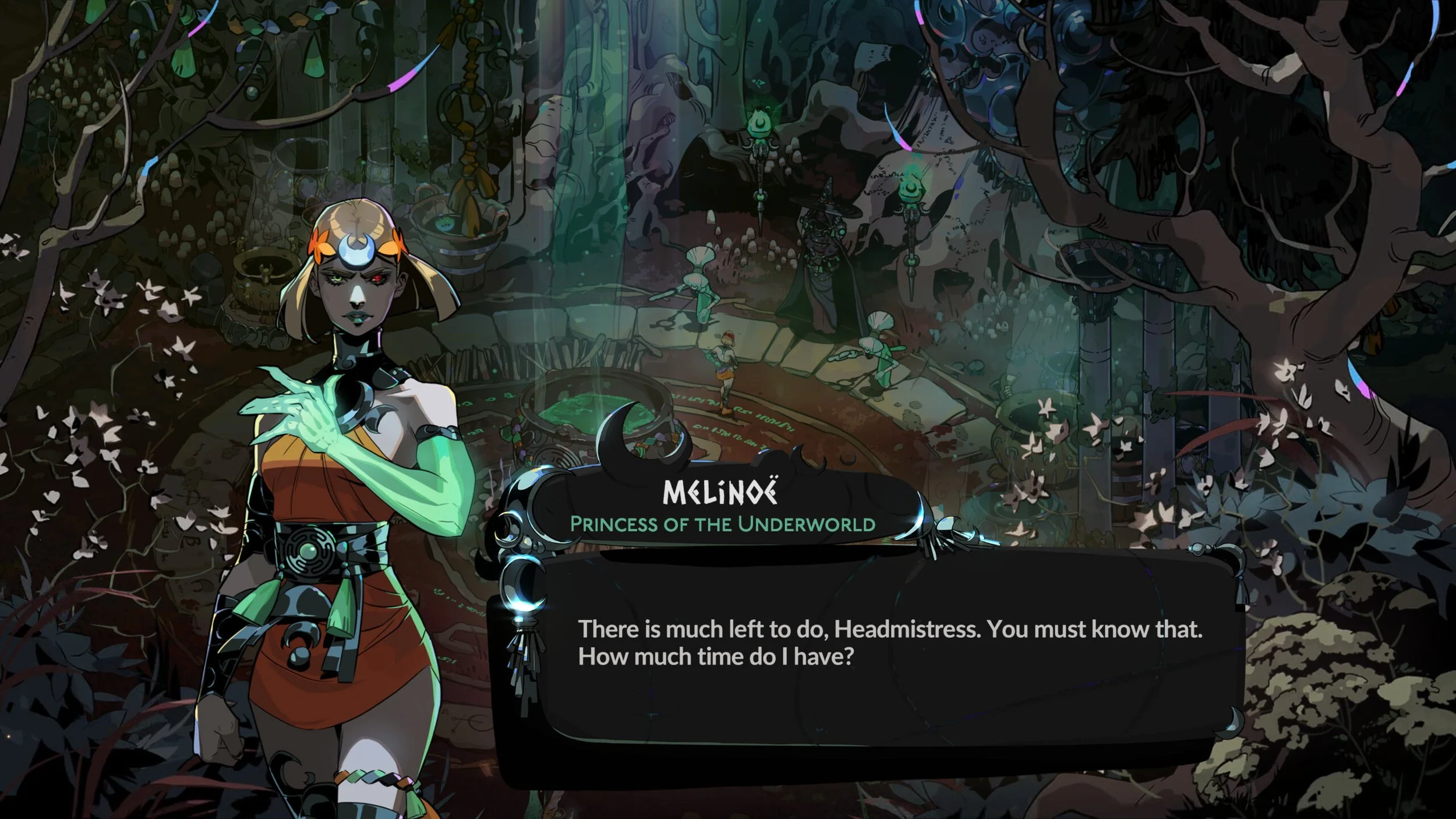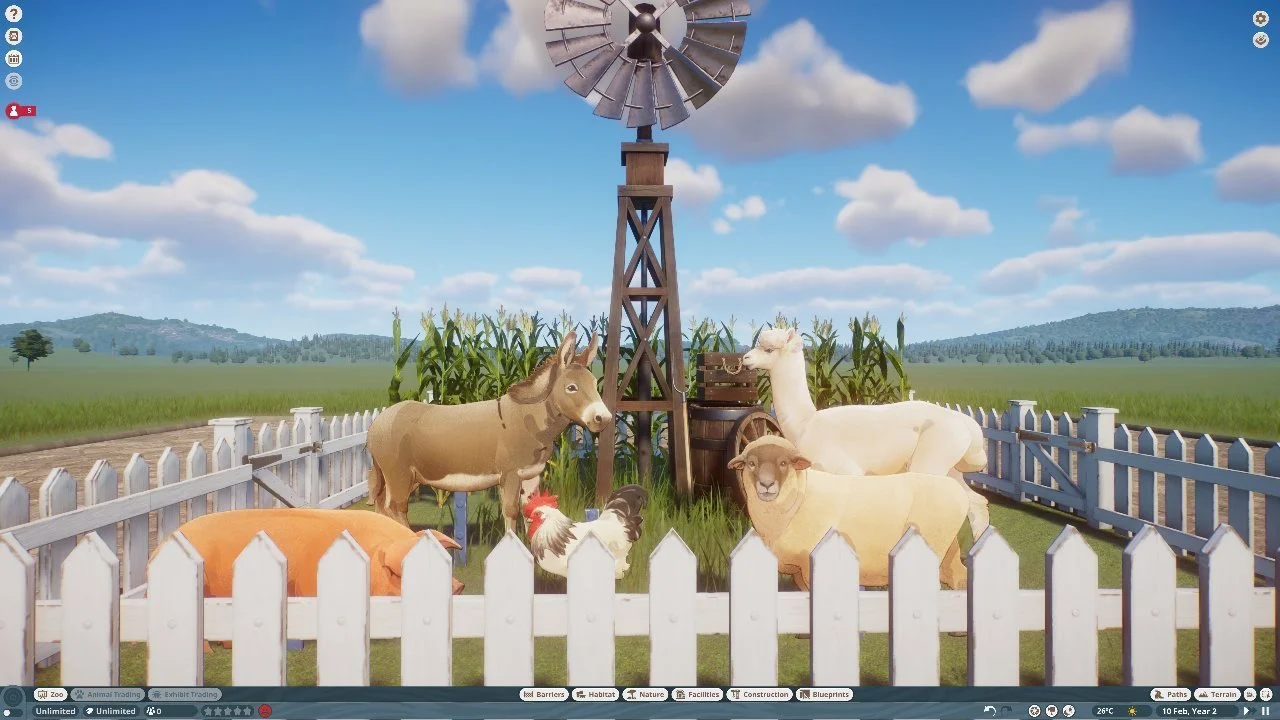Steam code provided by CGE
Czech Games Edition has released many board games and expansions over the years, but the tabletop developer has pushed into digital games, and CGE started by adapting one of the most popular strategy games ever, Through the Ages: A New Story of Civilization.
The original 2006 board game was revised for an improved edition in 2015, and that successful reimplementation of the classic game has been adapted for digital play by Czech Games Edition.
A civilization-building game, Through the Ages requires players to balance resource management, strategic card drafting, and a well-structured variety of leaders, buildings, wonders, and military. Live through antiquity and the ages of history and watch your civilization grow and prosper in comparison to other peoples in the world.
Vlaada Chvátil created one of the best games in the genre, and tabletop gamers are now able to enjoy local and online play with a civ game that automates the mathematics of playing and brings the best components of the competitive strategy game into the forefront.
With the world as we know it grinding to a halt, there’s no better time to explore these digital adaptations and explore what makes Through the Ages such an enduring classic.
STORY
This is one of the few games where the player creates their own narrative. The storytelling is malleable clay in the hands of the gamer, and it’s up to the imagination and determination of the civilization’s guiding hand to craft a tale worthy of legend.
Do you want Homer, Maximilien Robespierre, and Atma Gandhi to lead the civilization through the ages?
Will your people construct the Hanging Gardens of Babylon, the Eiffel Tower, and the Internet to cement the legacy of your civilization?
Can cavalry, cannons, and modern infantry save you from enemy aggressions?
With endless combinations of buildings, units, and choices in Through the Ages, what happens is entirely up to you.
GAMEPLAY
As I’ve said, Through the Ages is a civ game, and just like many games in the genre, players will transition from ancient history to the modern-day over the course of a playthrough.
Managing resources and developing an adaptable and interconnected infrastructure is important, but the primary gameplay mechanic is card drafting. The production technologies and urban buildings that you construct—as well as the monuments, wonders, military units, and leaders—are all made up of hundreds of cards. There are many to choose from, but the shuffled decks of Antiquity and Ages I through IV are open to all players. This means selecting cards not only improves your civilization. It also robs other players of the same potential until a duplicate card or equivalent technology is drawn from the deck and placed in the play area.
Understanding the card-drafting mechanism is crucial to improving your Through the Ages gameplay. Cards are drawn and placed in one continually moving line, and the closer a card is to being discarded on the left side of the line, the fewer actions it requires to purchase the card.
Sometimes, it’s to your advantage to spend most of your turn acquiring a particular leader or other special cards to gain the edge or to slow down an opponent.
That knowledge is intuitive and it will take some time to grasp the strategy as you’re learning the game.
And while we’re discussing learning the game, I’d like to compliment an aspect of Through the Ages that rarely deserves mention in other games—the tutorial. Strategy games can be complex, and Through the Ages is a weighty game with a lot of moving parts that must be considered by each player during every turn.
For example, the people must be coerced into working as soldiers or builders, but this makes them unhappy if the population becomes too dense, so you have to incorporate religion or entertainment to keep them happy. Building too industrious a civilization promotes greed and corruption, which will reduce the amount of production your civilization outputs unless you spend an appropriate volume of resources every turn. Military units must be upgraded to contend with other civilizations, but they must also be sent away if you want to conquer any new territories. Developing new technologies requires scientific pursuits that enhance the knowledge and understanding of your people.
And so much more. So for players that are uninitiated in games with such depth—or for veterans who just want a smooth transition into the new game—the tutorial is a fantastic introduction to the game that gently and intelligently navigates the complexity of the game without overwhelming the player. Vlaada helpfully guides the tutorial as the player learns about production, population, card drafting, infrastructure, resource management, warfare, and the opponents that make each game of Through the Ages competitive and engaging.
While there is still much to learn in how to optimize your decisions, the tutorial successfully eases the player into the digital game without intimidating them. It’s the equivalent of a short but immensely informative how-to-play video for a tabletop game that presents the essential rules without confusing or scaring off the players.
Another important factor in the accessibility of this digital adaptation is the removal of mathematics. Players do not have to keep track of the in-game numbers anymore. And that’s a huge plus. Instead of counting all the resources for corruption or the population for discontent, Through the Ages tracks all of that for you. The onscreen table reminds you how much you’re producing each turn, how much each building construction or upgrade will cost, and whether you’ll have enough to achieve what you want each turn.
Not enough for you? Well, the game also includes reminders at the end of each turn if you face losing resources to corruption or if you’ve not copied a military tactic or other easily-forgotten rules that you might want a notification for before you finalize a turn. And for newcomers and veterans alike, every action you perform can be undone before ending your turn, so it’s easy to find the best use of your actions and resources on each turn.
The digital adaptation of Through the Ages takes the most onerous elements of a card-drafting tabletop civilization game and elevates the more attractive qualities of the game. It’s an excellent job by Czech Games Edition, and you’ll be able to get hours of enjoyment as you begin to master the nuances of the game as economical and influential decisions become second-nature.
VISUALS
This may be where Through the Ages suffers the most. It’s a card-drafting game, so the visual design of the game is primarily two-dimensional. You select cards and as you increase your population, draft new military units, construct new buildings, and transition your government, these changes are reflected by a growing visual representation of the civilization.
While it’s an acceptable re-imagining of the tabletop game, it pales in comparison to other games like Sid Meier's Civilization, Frostpunk, or most computer games today. It’s not exactly a fair comparison, but if you’re playing a civilization game on the computer, there are other ones that are more visually engaging.
Tabletop gamers playing Through the Ages will likely not mind, and the excellent design process has removed much of the visual baggage that clutters a board game, but it’s worth mentioning for people looking at the game and wondering why it looks less refined than other civ games.
REPLAYABILITY
CGE superbly developed a version of the game that takes full advantage of the digital format. Playing on a computer, tablet, or phone means that you can compete with your friends (or strangers) online at your convenience. No waiting to get a group of people together at your house. Games can be played asynchronously. Anytime, anywhere.
And if you don’t want to play against other people, then play against AI opponents. Adjust their skill level to lend the right level of difficulty to any game. Still want more? CGE has included single-player challenges that modify the in-game objective so you can experiment and enjoy different variations of the game.
The final design choice allows players to choose between which ruleset they want. You can play with the original board game rules or the streamlined digital version.
Everything about the digital adaptation makes Through the Ages more accessible to players. Play with more frequency and play with the knowledge that the most burdensome parts of complex strategy games have been filtered into the background.
There’s a lot to do with the game.
WHAT IT COULD HAVE DONE BETTER
It would have required a lot more animation and complex design, but it would have been nice to have the card-drafting area minimized or structured in a way that left most of the screen open for a bigger and more substantial visual representation of the civilization and its interactions with opponents. Wars, or simple aggressions, could be more stimulating. Colonizing new territories could be exciting. Finishing the construction of wonders or monuments would carry more gravitas and awe.
Animations bring life to a game, and Through the Ages could use more of that sometimes. It feels a little dated with regards to graphics. But again, it’s somewhat constrained as an adaptation of a card-drafting game.
Other than that, Through the Ages does not disappoint as a careful reconstruction of a classic board game.
VERDICT
This digital adaptation revivifies one of the most acclaimed civilization-building tabletop games, and if you’re a fan of Through the Ages—the original or the revised edition—then this is a no-brainer. And even if you haven’t played the board game before, this digital game is a wonderful card-drafting experience with so much potential.

























